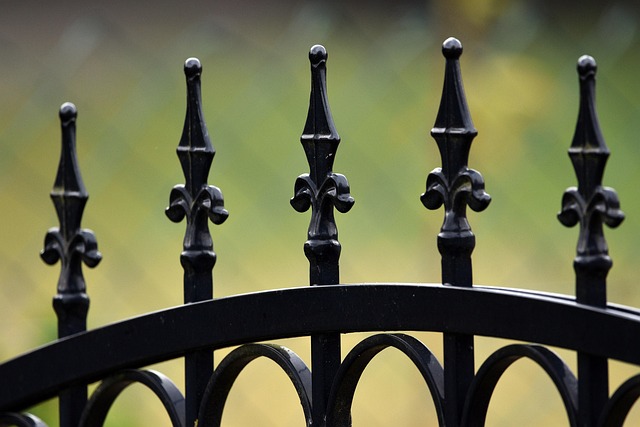When considering vinyl fence installation in New Bedford, MA, understanding the process and choosing a reputable contractor are crucial steps. This article guides you through everything from recognizing the benefits of vinyl fences to selecting the right professional for your project. We also provide a step-by-step installation guide and maintenance tips to ensure long-lasting results.
- Understanding Vinyl Fence Installation in New Bedford
- Choosing the Right Contractor for Your Project
- The Installation Process: Step-by-Step Guide
- Benefits and Maintenance Tips for Vinyl Fences
Understanding Vinyl Fence Installation in New Bedford
Vinyl fence installation in New Bedford is a popular choice among homeowners due to its durability, low maintenance, and aesthetic appeal. This type of fencing is made from PVC (polyvinyl chloride), a synthetic material known for its resistance to rot, rust, and damage from pests. It’s available in various styles, colors, and designs, allowing property owners to enhance their outdoor spaces with a fence that reflects their personal style.
During installation, contractors first prepare the ground, ensuring it’s level and compacted. They then mark out the perimeter of the fence, install posts securely into the ground, and attach panels or rails according to the chosen design. The process requires skill and precision to ensure the fence is both structurally sound and visually pleasing. Once complete, a vinyl fence offers homeowners increased privacy, security, and curb appeal for their New Bedford properties.
Choosing the Right Contractor for Your Project
When considering vinyl fence installation, selecting the appropriate contractor is paramount to achieving a superior outcome. Begin by researching local options and checking online reviews to gauge their reputation and customer satisfaction levels. Verify that the chosen contractor holds valid licenses and insurance policies, safeguarding against potential risks or liabilities during the installation process.
Additionally, communicate your project’s specific requirements clearly. Discuss fence styles, colors, and any additional features you desire. A reliable contractor should provide detailed estimates, outlining costs, materials, and timelines. Their expertise and willingness to address your queries can significantly contribute to a successful and lasting vinyl fence installation.
The Installation Process: Step-by-Step Guide
The installation process for a vinyl fence begins with preparing the site. This involves clearing the area, marking out the perimeter, and ensuring proper drainage to prevent water accumulation beneath the fence. Contractors will then set up wooden posts at designated points, securing them to concrete footings for stability.
Next, they attach vertical posts to these foundations, creating the structural framework. Horizontal rails are fitted to connect the vertical posts, followed by the installation of panels, typically made of durable vinyl. Gaps between posts and rails are sealed with appropriate sealing compounds to ensure a secure fit. The final step involves adding gate hardware if required, ensuring proper alignment and operation.
Benefits and Maintenance Tips for Vinyl Fences
Vinyl fences offer numerous benefits to homeowners in New Bedford, MA. They are low-maintenance, durable, and resistant to rot, rust, and warping compared to traditional wooden fences. This makes them an excellent choice for those seeking long-lasting aesthetics without the hassle of regular upkeep. Vinyl also comes in various colors and styles, allowing property owners to enhance their outdoor spaces while aligning with their unique design preferences.
When it comes to maintenance, vinyl fences require minimal care. Regular cleaning with mild soap and water is usually sufficient to remove dirt or stains. It’s essential to keep an eye out for any signs of damage, such as cracks or breaks, and repair them promptly to maintain the fence’s integrity. Additionally, ensuring proper drainage around the fence base and inspecting it during extreme weather conditions can help extend its lifespan.
